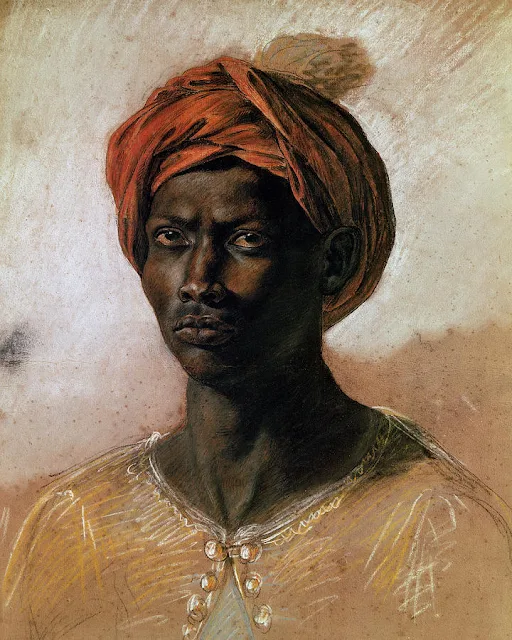Maurits Cornelis Escher (1898 – 1972) was a famous Dutch graphic artist otherwise known as M.C. Escher. Uniquely left-handed like Leonardo and Michelangelo, his optical illusions, mind-boggling puzzles, and mathematically inspired woodcuts, mezzotints, and lithographs prints are still in high demand today.

Born in Leeuwarden in the Netherlands, Escher was the fourth child. His family moved to Arnhem, where he spent most of his childhood. His father, a working civil engineer, significantly influenced Escher's obsession with architecture and mathematics. Although incredibly intelligent, Escher failed all of his exams in high school and barely made it into the School for Architecture and Decorative Arts in Haarlem.
However, his graphic art teacher, Samuel Jessurun de Mesquita, looked at his sketches and immediately encouraged him to continue with the visual arts. With only one week at the school, Escher informed his father that he would study graphic art instead of architecture.
Escher traveled to Italy after finishing school and was inspired by the countryside. He spent long hours drawing and sketching the designs for the various prints he would make after returning home. In addition to several trips to Italy, Escher also traveled through Switzerland and Spain. He met his wife in Italy in 1924, and they were both settled in Rome by 1935. As the rise of fascism became prominent, they moved to the Netherlands, where Escher spent the rest of his life.

The patterns that were sculpted into the walls of the Alhambra, a fourteenth-century Moorish castle in Granada, Spain, and the tessellations found on the floors of the Italian basilicas and churches had a significant influence on Escher's work.
Tessellations are created from repeating shapes covering a plane without gaps or overlaps. A reoccurring theme in Escher's later work. His artistic style is characterized by positive and negative shapes interacting together built around the concepts of infinity, unrealistic constructions, and architecture.
 (Escher, M.C. Reptiles. c. 1943. lithograph)
(Escher, M.C. Reptiles. c. 1943. lithograph)Manipulated architecture, perspective drawing, and fantasy, Escher created his own unique worlds with meticulous detail, mathematically accurate but physically impossible, and his work is much appreciated here!
Enjoy! :)
References














